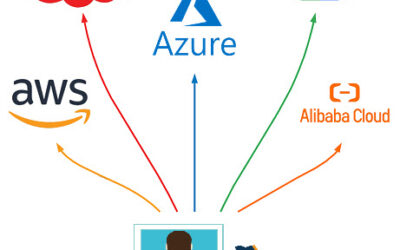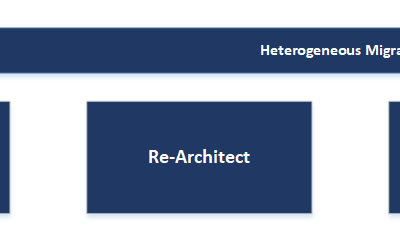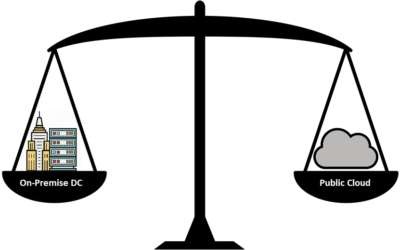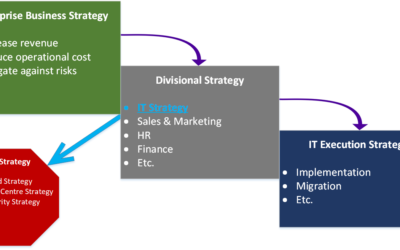The cloud terminology started with private, then public cloud, followed by Hybrid cloud and now most recently the term Multi-Cloud is the latest design pattern everyone is talking about..
So what is Multi-Cloud?
The term Multi-Cloud refers to the use of more than one public cloud. For example a customer using Azure and AWS. Often the reasons behind the Multi Cloud adoption are either adopting different clouds to take advantage of their best capabilities or spread certain workloads over both clouds for improved redundancy.
I Often see the terms Multi-Cloud and Hybrid Cloud. used interchangeably. So how are they different?
Hybrid cloud often refers to a private cloud (or on premise data centre) connected to a public cloud. The public cloud becomes an extension of the private cloud.
On the other hand, Multi-Cloud architecture, refers to the use of two or more public clouds connected to your private cloud/on premise data centre.
Multi-Cloud does pose one particular challenge when it comes to management and operations. How do you manage multiple clouds?
Many customers use the native tools specific to each cloud. So a customer who is using AWS, GCP and Azure, will need master the native tools for each. You can see where the challenge is.
However, there is a better way to manage Multi-Clouds: use a single pane of glass management. There are a couple of options customers can chose from when opting for a single pane of glass management: Cloud Management Platform (CMP) or a Cloud Service Broker (CSB). (I will cover in more details in a future post)
Is there a draw back for using a single pane of glass management tools?
Yes, management tools will use the lowest common dominator between different cloud where there are similarities. That means you will lose on some of the unique advanced services different clouds offer.
Choosing which cloud architecture to adopt can be overwhelming. It is best to start with the business requirements and map them to a suitable cloud architecture.
Thank you for Reading.
Nick





